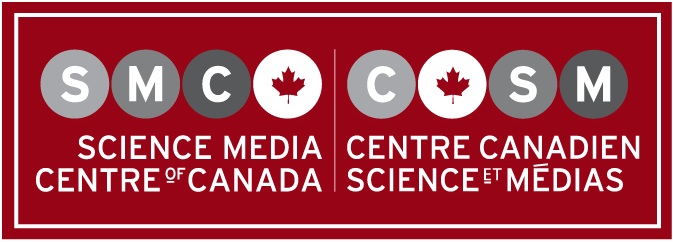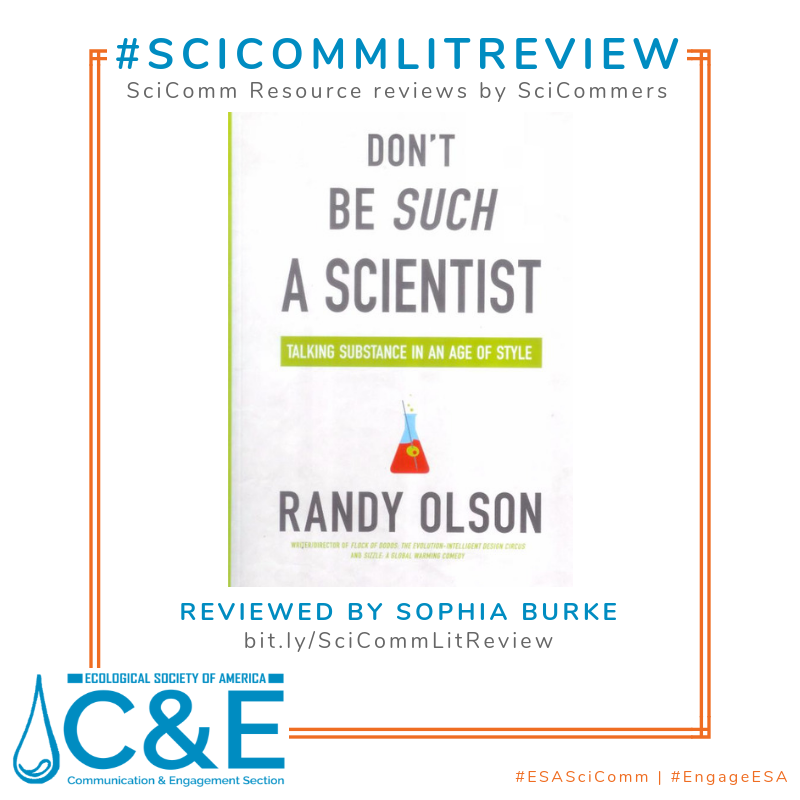
Resource of the Week: Science Media Centre of Canada’s tips for interacting with journalists and the media
“The Science Media Centre of Canada is a registered charitable organization that supports journalists writing about the sciences, engineering and technology.” The Science Media Centre of Canada will: work with you to help your research reach journalists list your research in an embargo-controlled weekly newsletter tailored for journalists teach workshops for you share its free resources on how to effectively interact…


















